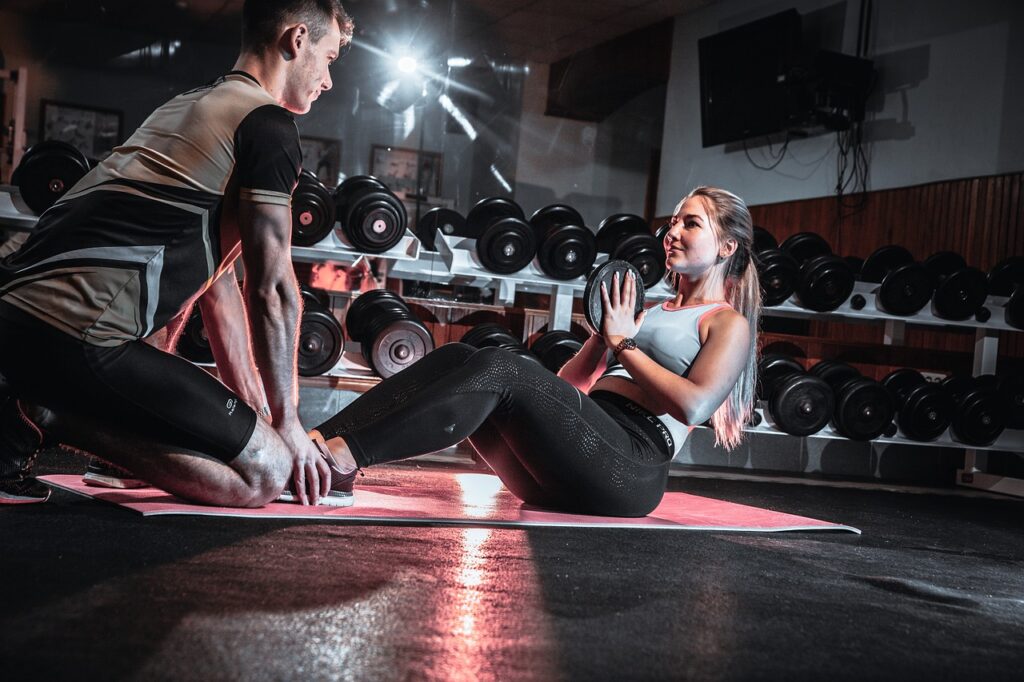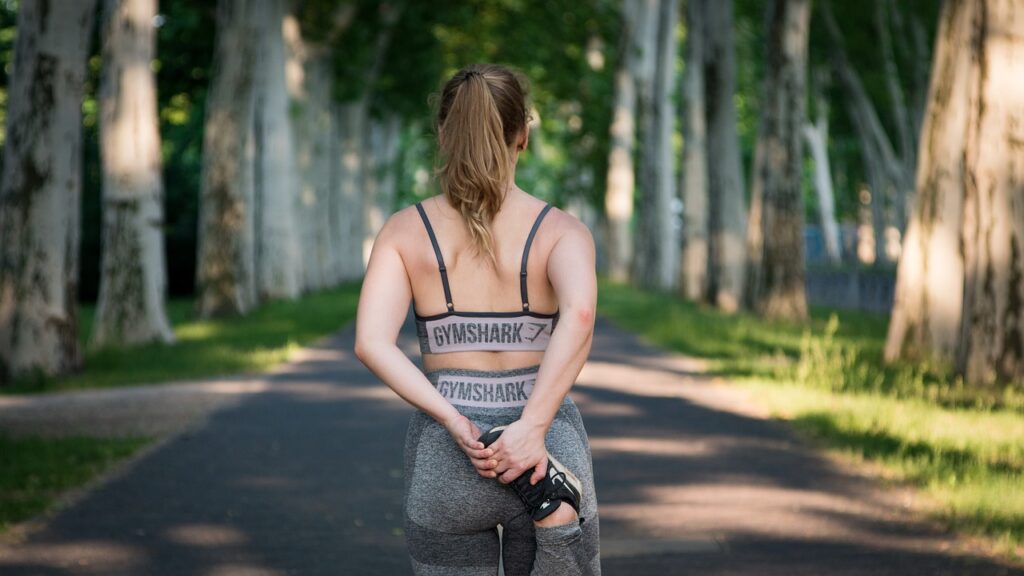A rowing machine gives you a full-body workout and a toned torso.
Rowing is one of the most incredibly complete cardiovascular activities around toning a combination of your legs, back, and arms.
Gliding back and forth along the slide rails of a rowing machine, you steadily increase the resistance as your breathing becomes more labored and your muscles start to burn. Each powerful pull of the handle engages your legs, core, arms, and back in a smooth, rhythmic motion. Rowing machines have become a staple of many workout routines because this popular cardio machine delivers an effective low-impact, full-body workout perfect for toning your torso.
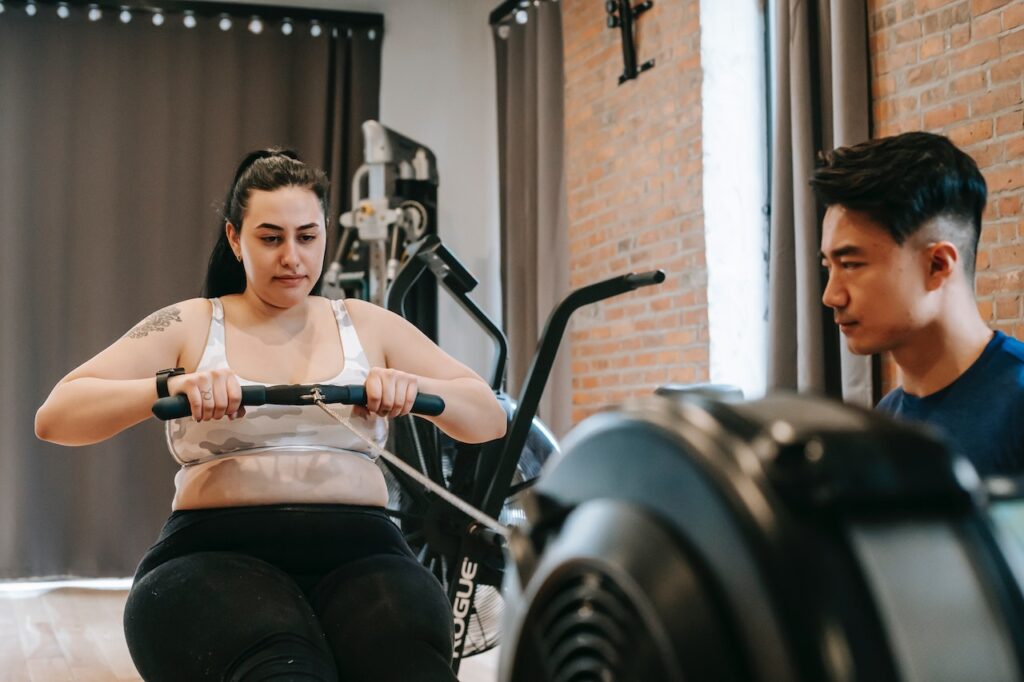
Unlike exercises that isolate muscle groups, rowing works your entire body simultaneously. Rowing engages around 80% of your muscles in a challenging cardio and strength training exercise. Here’s an overview of the major muscle groups targeted and toned by rowing:
Legs – Rowing intensely works the major muscle groups of your legs including the quads, hamstrings, glutes, calves, and hip flexors. The drive phase where you push involves exertion from your powerful lower body muscles. This leg engagement tones and strengthens your lower body.
Core – Your core muscles including the abdominals, obliques, and lower back stabilize your torso during the full rowing motion. Keeping your core engaged while rowing strengthens and sculpts this area. The sliding seat requires continual core bracing that tones these midsection muscles.
Arms – Rowing is an effective upper body workout, sculpting the shoulders, biceps, triceps, forearms, chest, and upper back. Pulling the handle works your arm, shoulder, and back muscles as you draw the handle toward your torso against resistance on the drive.
Back – Rowing hits muscles throughout your back including your lats, trapezius, rhomboids, rear deltoids, and erector spinae. As you drive the handle toward your chest, you’ll feel your back muscles contract and tone.
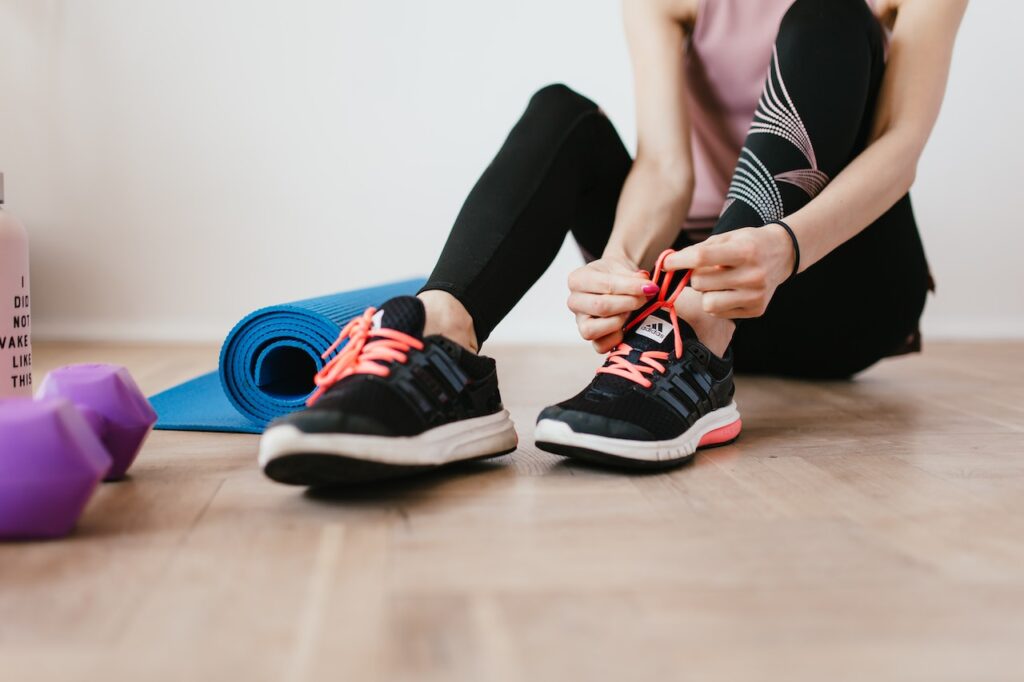
With nearly all of your major muscle groups activated during rowing, it’s easy to see why rowing delivers an efficient, low impact, yet challenging full-body workout. Here’s a closer look at how rowing sculpts and tones your torso:
Engages Core Muscles Since rowing requires bracing your core throughout the movement, it tones and strengthens your abdominals and obliques in a major way. Proper rowing technique emphasizes good posture, engaging your core instead of hunching your shoulders. Activating these muscles during each stroke sculpts your midsection.
Targets Upper Back The rowing motion heavily works the muscles along your spine including your trapezius, latissimus dorsi, rhomboids and rear deltoids. As you draw the handle, your back contracts, toning your upper back while improving posture. Rowing can help counteract rounding shoulders.
Defines Shoulders and Arms Rowing is a vertical pulling movement that tones your shoulders, biceps, and triceps through a large range of motion. The drive phase works your arms while pulling back works your rear shoulder muscles. The fluid movement sculpts shapely, defined arms.
Strengthens Lower Back While rowing works your back from top to bottom, it particularly targets your lower back muscles responsible for spinal stability. Your erector spinae muscles tighten as you hinge forward from the hips and straighten on the recovery. This protection strengthens your lower back.
Burns Fat and Calories Due to engaging so many large muscle groups at once, rowing burns significant calories and body fat, especially around your midsection. Rowing at a vigorous pace can torch over 800 calories per hour for a 180-pound person, making it an extremely effective fat-blasting exercise.
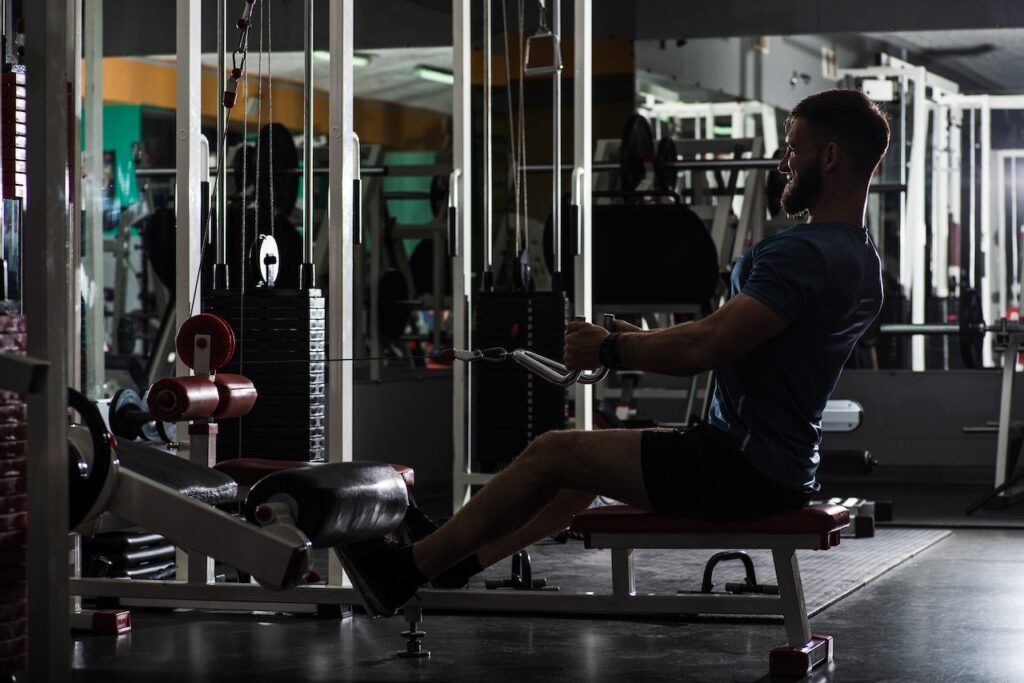
There are numerous types of machines on the market and they typically fall into two groups:
Air rowers and water rowers: The water rower, in contrast to its name, does not result in you getting wet after a vigorous workout. The machines, which use paddles and enclosed water rather than air for resistance, have stunning designs. In addition to being exercise machines, these rowers are also works of art and tend to be quieter than air rowers.
The second option is the two-air rower idea. This piece of equipment is generally acknowledged to be one of the best, if not the best, despite the fact that there are numerous other brands available. They are all calibrated to the same standard and are engineering masterpieces.
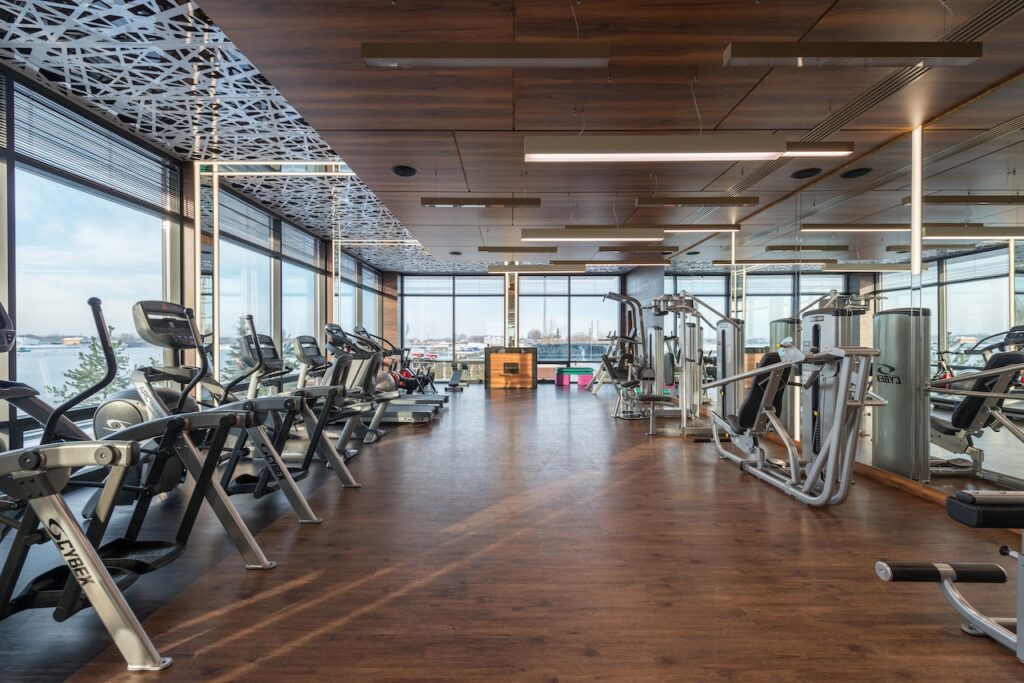
With all of these combined benefits, it’s easy to see why rowing can transform your torso, sculpting a lean, toned core and refined arms and back. Rowing tones areas prone to flab while aligning your posture. Here are some tips to maximize torso toning results from your rowing workouts:
- Maintain good upright posture keeping your back straight, core braced, and avoiding rounding your shoulders forward.
- Pull the handle to your lower chest or abdomen, not your neck, for full extension and back muscle engagement.
- Row at higher resistance levels to increase muscle activation and calorie burn. Adjust resistance as you get stronger.
- Vary tempo between steady state and intervals to work your muscles in different ways.
- Focus on form and controlled movement using your core instead of just arms and shoulders.
- Increase workout duration as you build endurance to burn more calories.
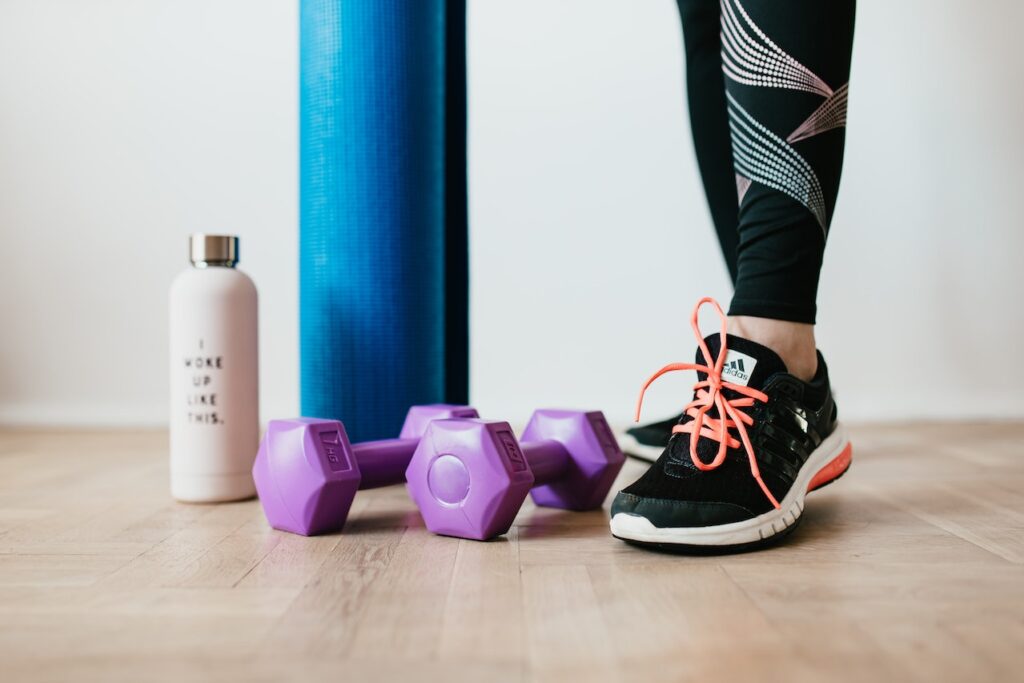
Combining resistance rowing with strength training for your core, arms and back will further enhance toning. Fuel your workouts with a protein-rich diet to help muscles recover and repair. Stay hydrated and get enough rest between rowing sessions.
Be patient for visible toning results, as muscle definition takes time to appear as you lose fat. But know that each session is strengthening and sculpting your torso from the inside out. Making rowing a regular part of your fitness routine will help reveal a strong, lean and sculpted core and upper body.

